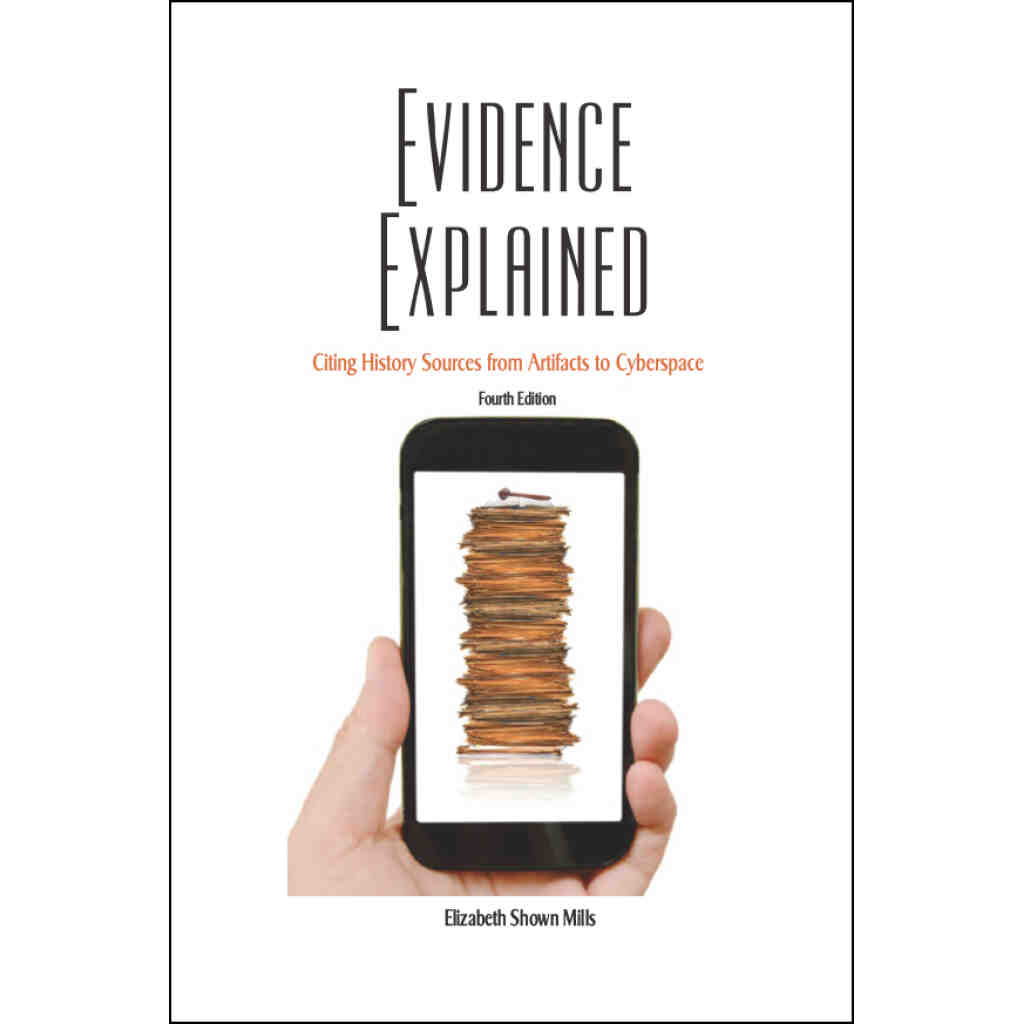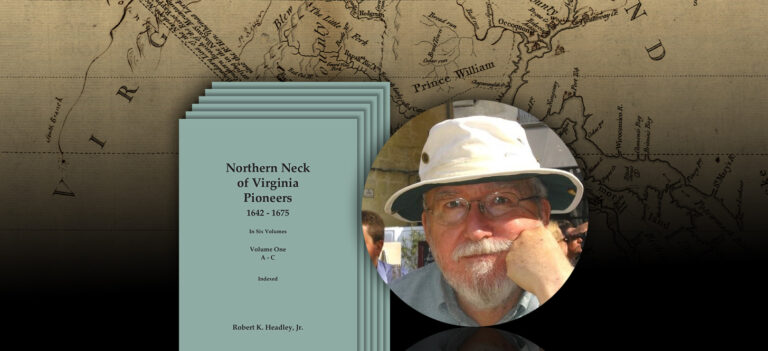
Using Derivate & Imaged Sources – By Elizabeth Shown Mills, CG, CG, FASG
Since 2007, Evidence Explained: Citing History Sources from Artifacts to Cyberspace has been the “Bible” for history researchers—offering not only citation models but also guidance in the analysis and use of sources. In this new blog series we are offering excerpts from Chapters 1 and 2 of EE’s fourth edition: Fundamentals of Research & Analysis, and Fundamentals of Citation & Style. Today’s post is the second of four.
(EE4: 2.12)
Modern genealogists are blessed to have billions of records easily available—in print, in some derivative format, and as images online. When we examine a published item to identify the elements that need recording, we should bear in mind that published history materials commonly have two formats in need of identification:
- Original work: Most such material originated in manuscript or published format—whether in modern times or antiquity.
- Modern form: This material is now being published in a new format by a firm or an agency that is not the original creator.
Therefore, our citations should
- distinguish between image copies and other derivatives such as abstracts, transcripts, and information extracted into databases;
- credit properly the original creator;
- credit properly the producer of the images or electronic publication;
- identify clearly the nature of the material;
- identify the images or electronic publication completely enough for others to locate it;
- cite the specific place (webpage, frame, etc.) in the database or on the roll, fiche, etc., at which we found the relevant item; and
- cite the date on which the images or data set were created, updated, or accessed—as well as the date of the original record or original publication.
Some publishers of databases and record images add a preface informing us that they obtained their data from another firm or individual. To analyze the reliability of their material we also need to record
- the identity of the entity (individual or agency) that first assembled that data set;
- the original source(s) from which the data was taken and the year or time frame in which the original was created;
- whether a database entry represents full or partial extraction from those sources; or
- whether the record set was generated from materials randomly encountered by the original compiler.
Tracking the provenance (origin) of derivative material can be difficult. A currently marketed database might have been purchased from a firm no longer in existence, which might have bought its information from a book compiler, who might have assembled materials randomly published elsewhere. Such an entity would be of significantly different quality from, say,
- a new database created by a learned society using skilled copyists to extract every document in a record set; or
- a collection of images created by a company that contracts with an archive to reproduce an entire record series.
If our attempts to track the origin of the material are unsuccessful, we should say so and explain the efforts we have made. This will help us and others avoid unnecessary repetition of the work. When we carefully report our steps, we or a user of our work may be able later to fill some of the gaps in our current research methods or findings.




